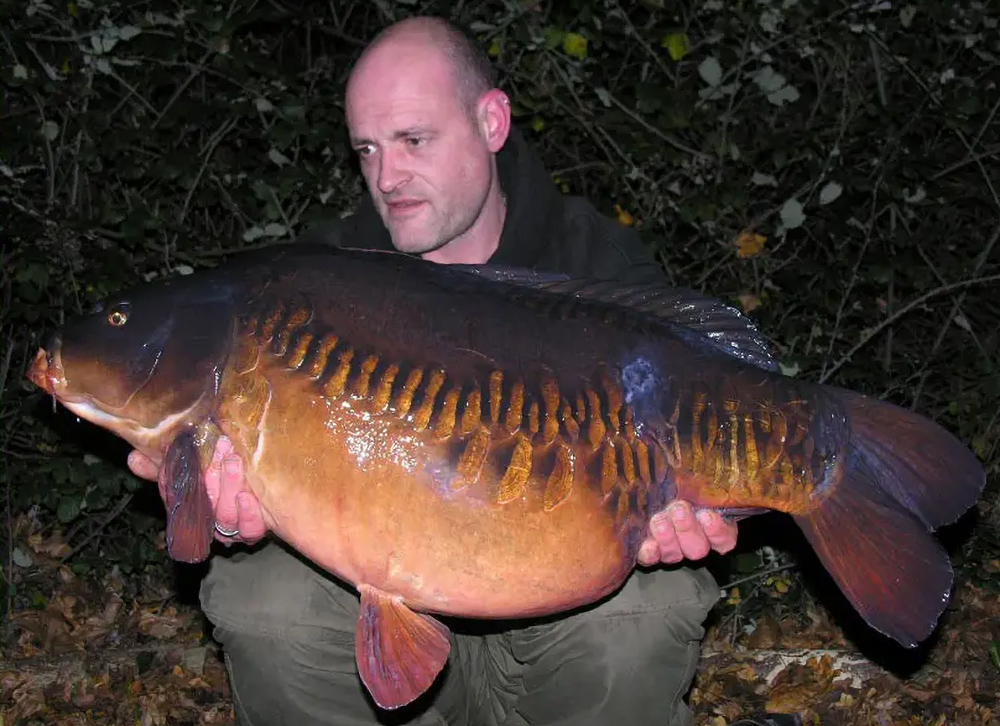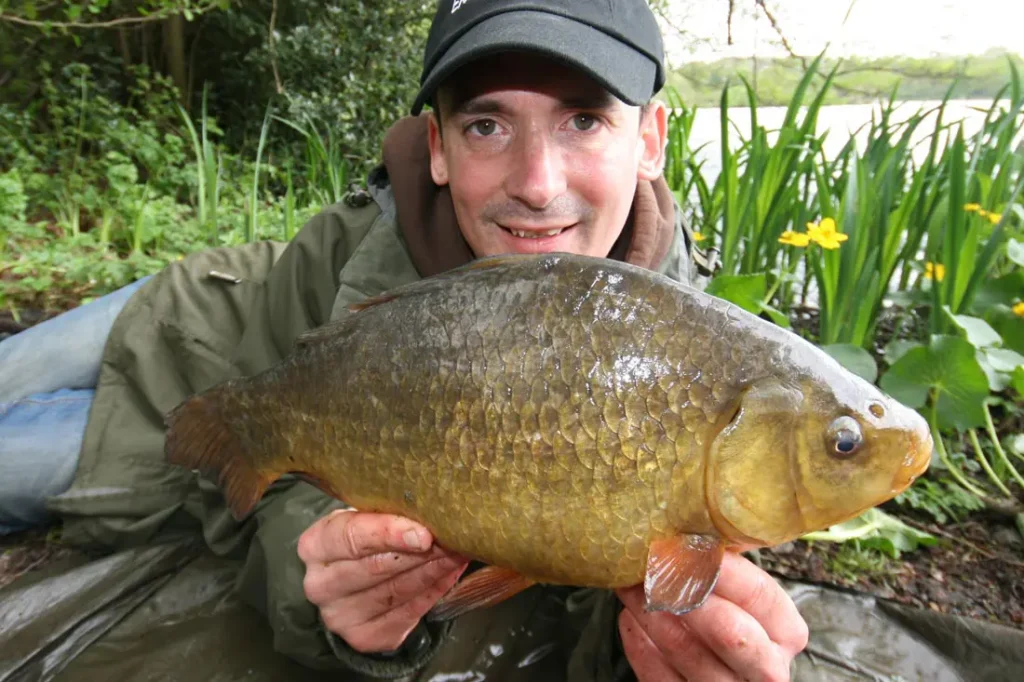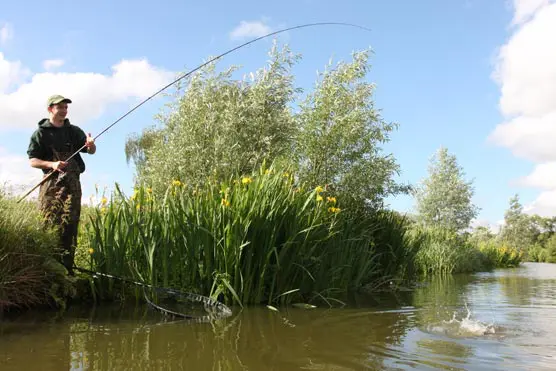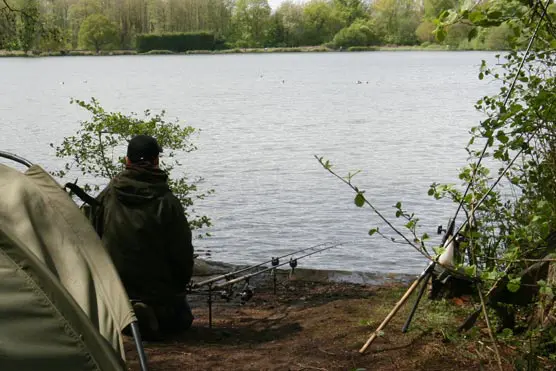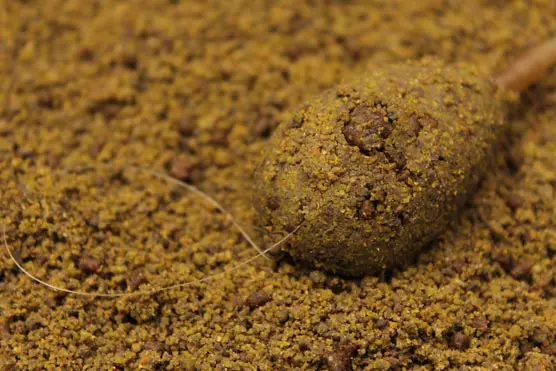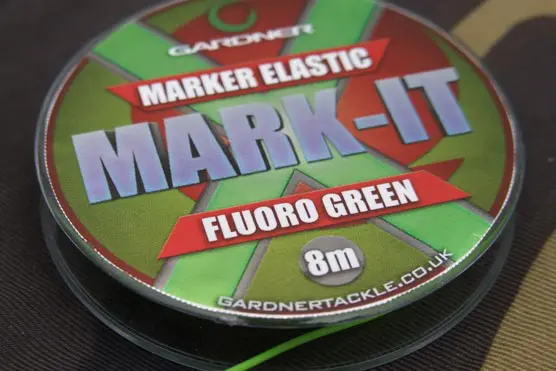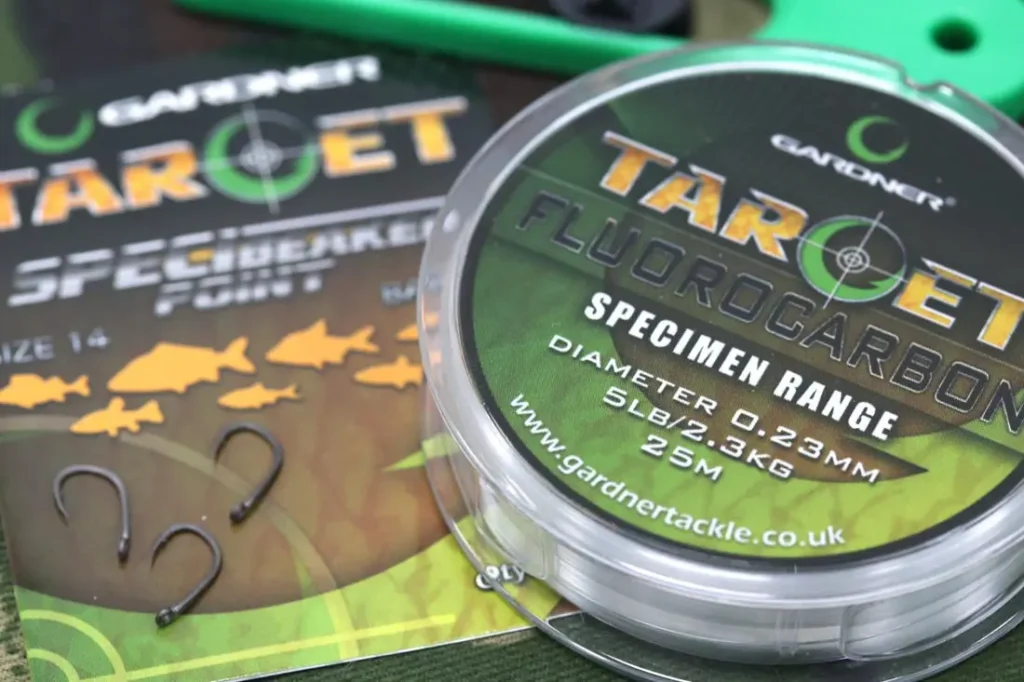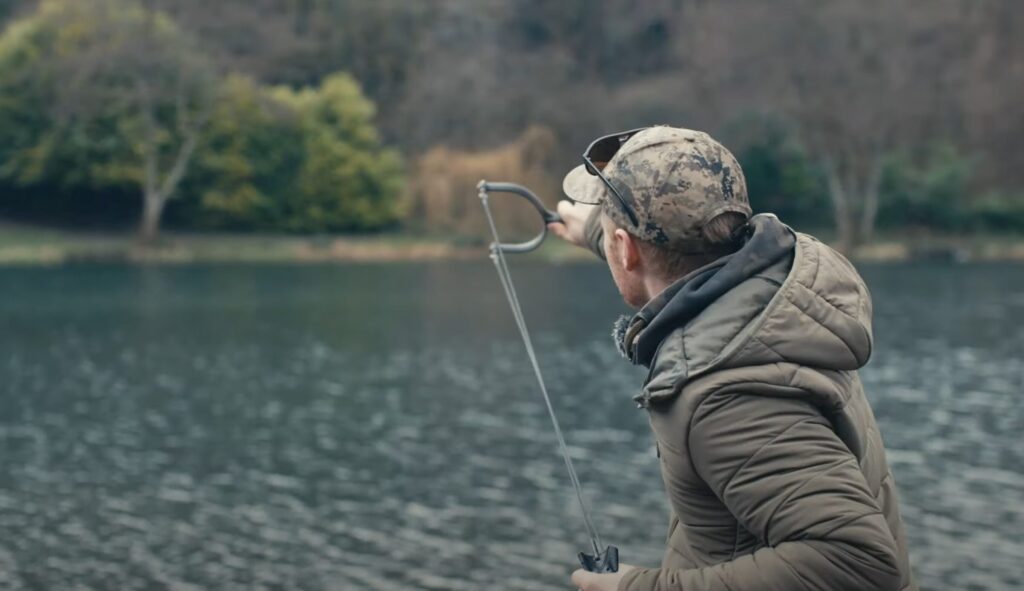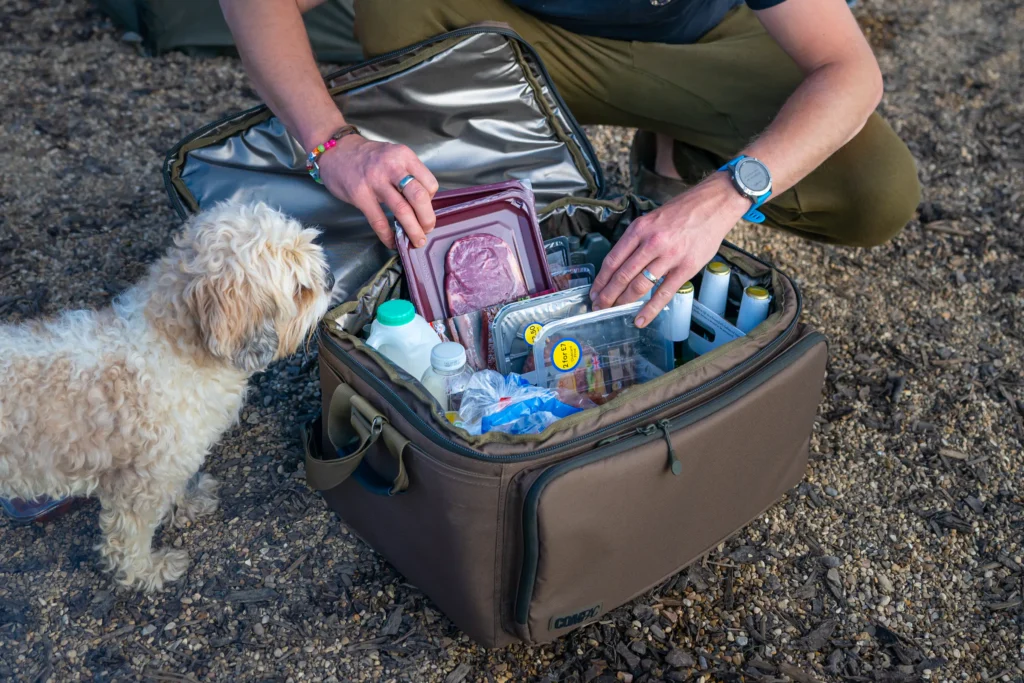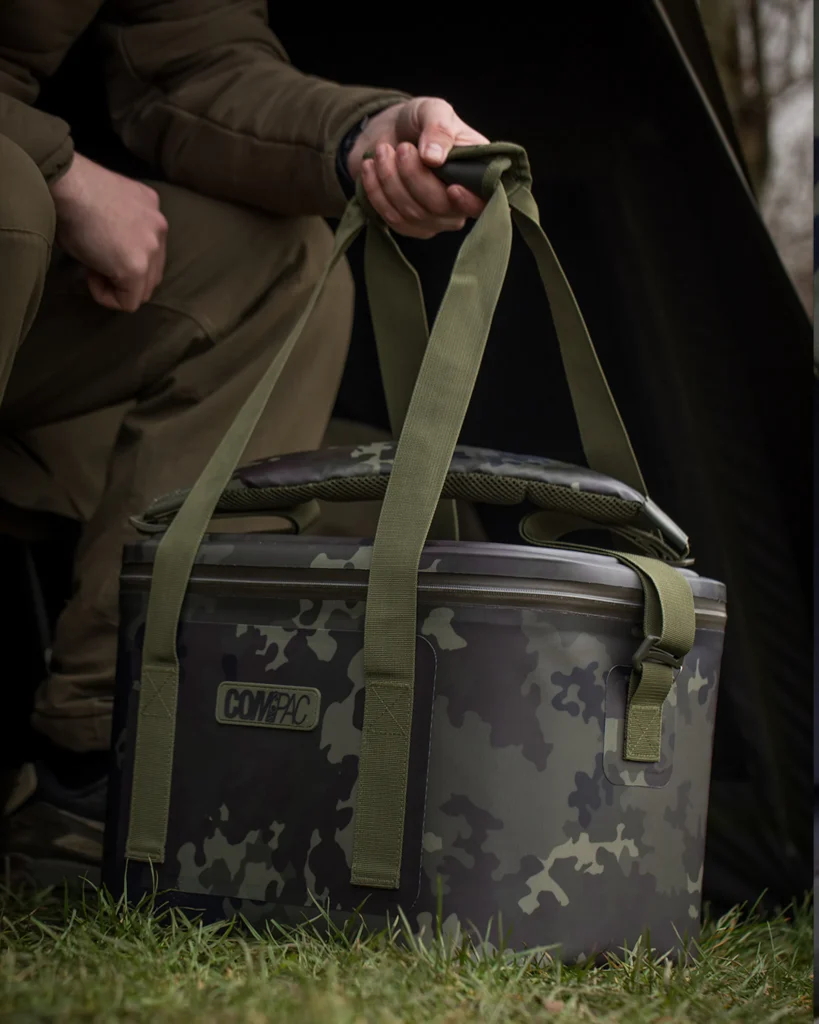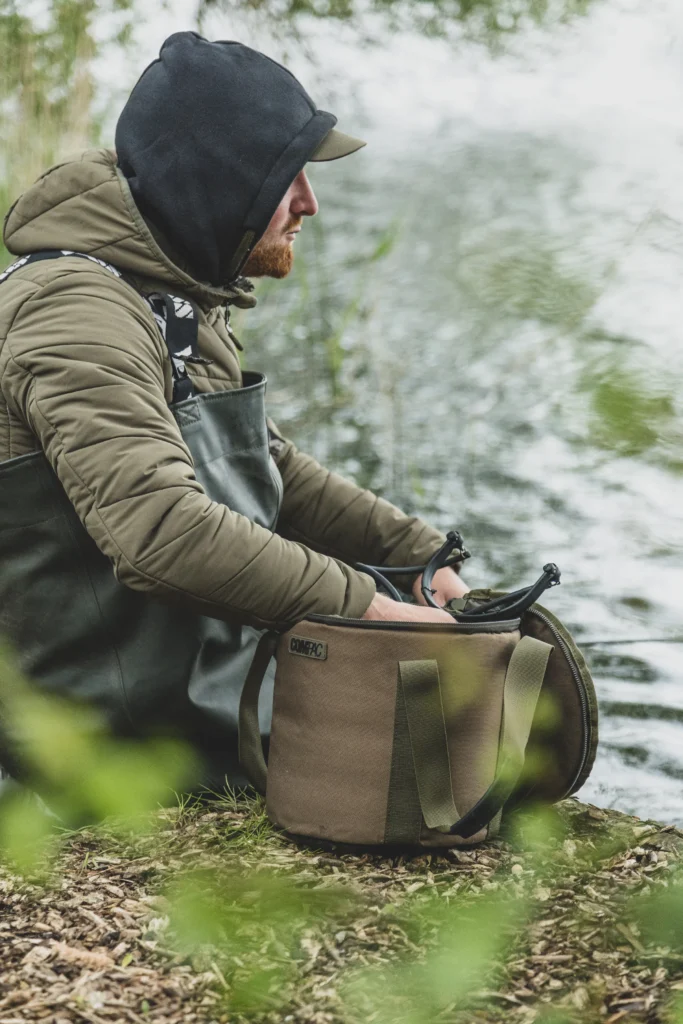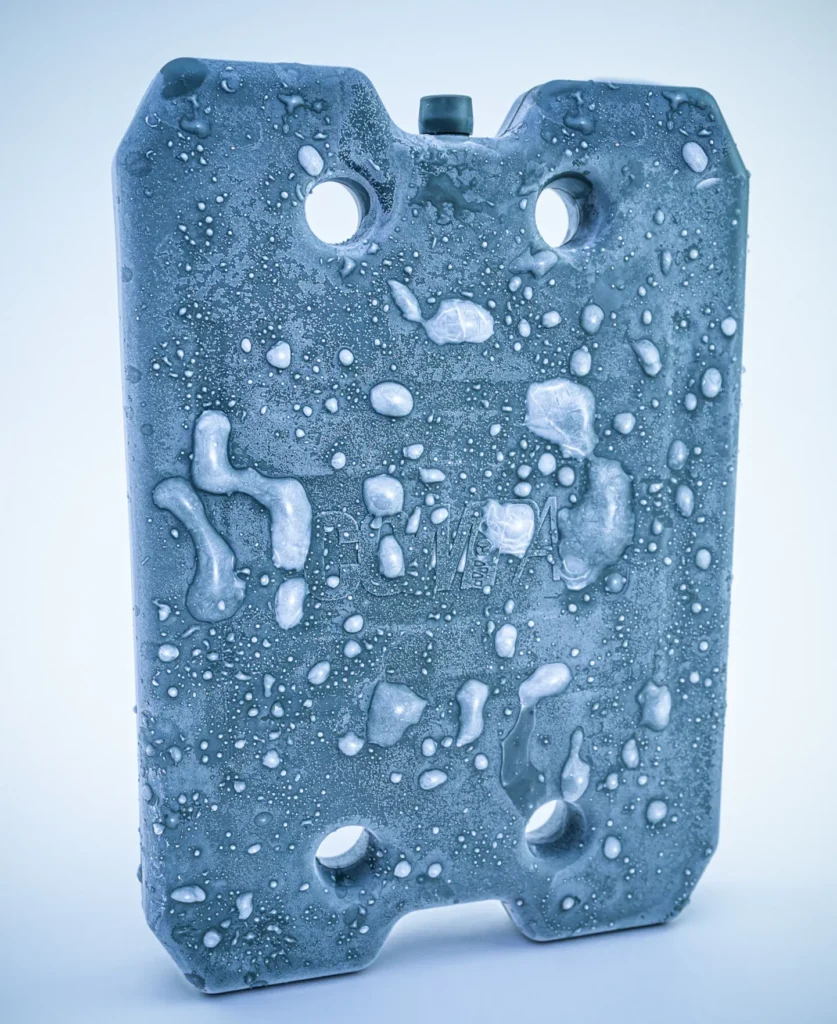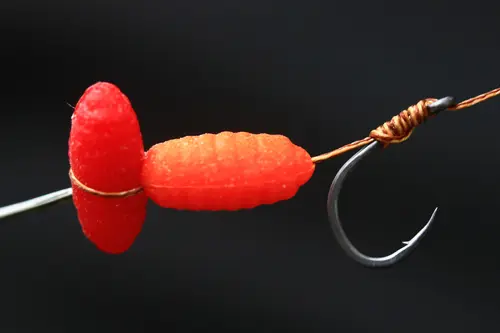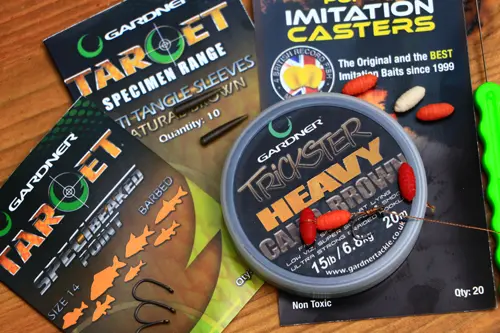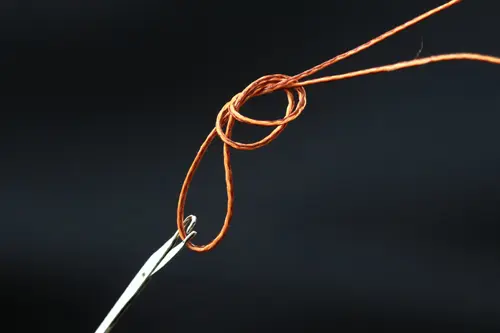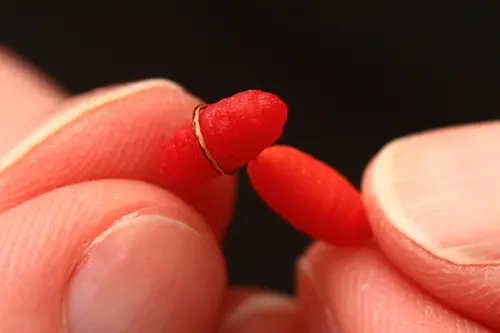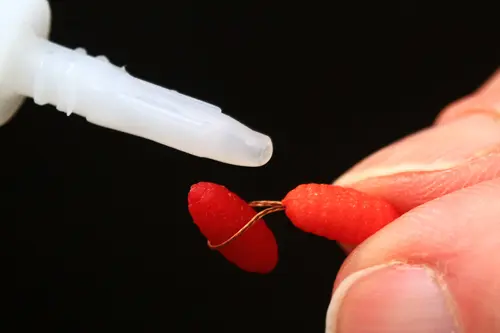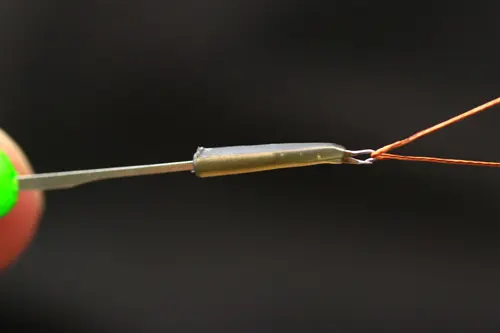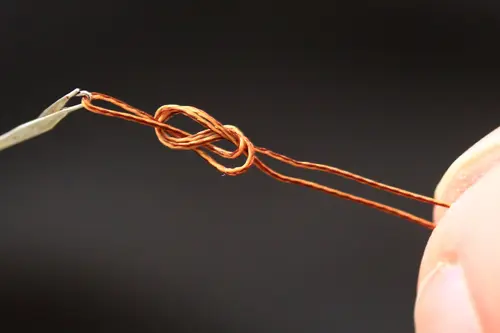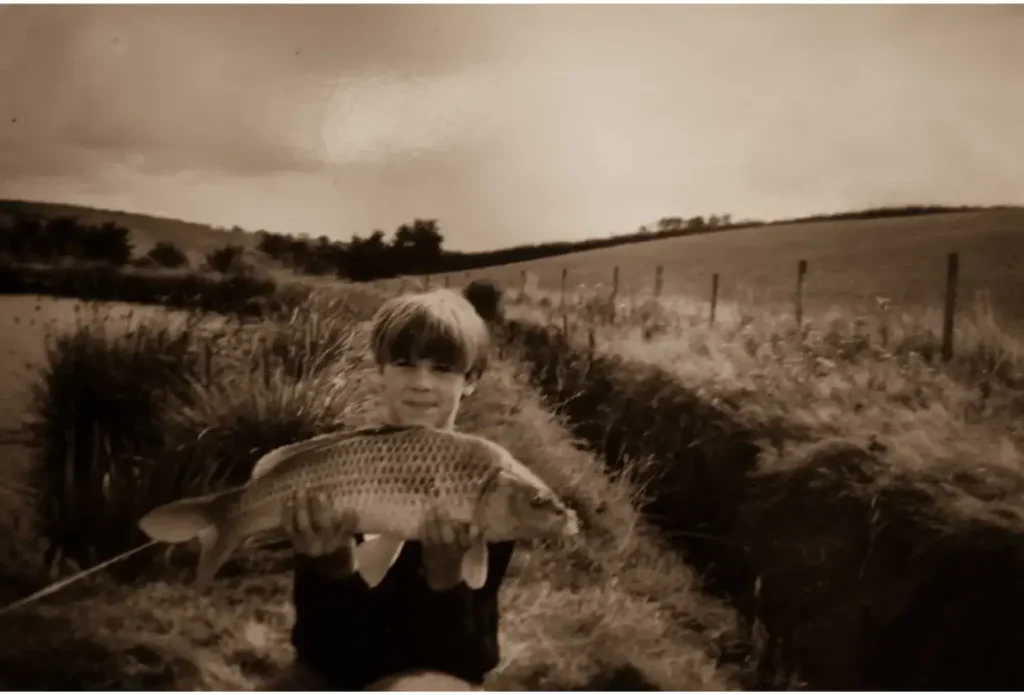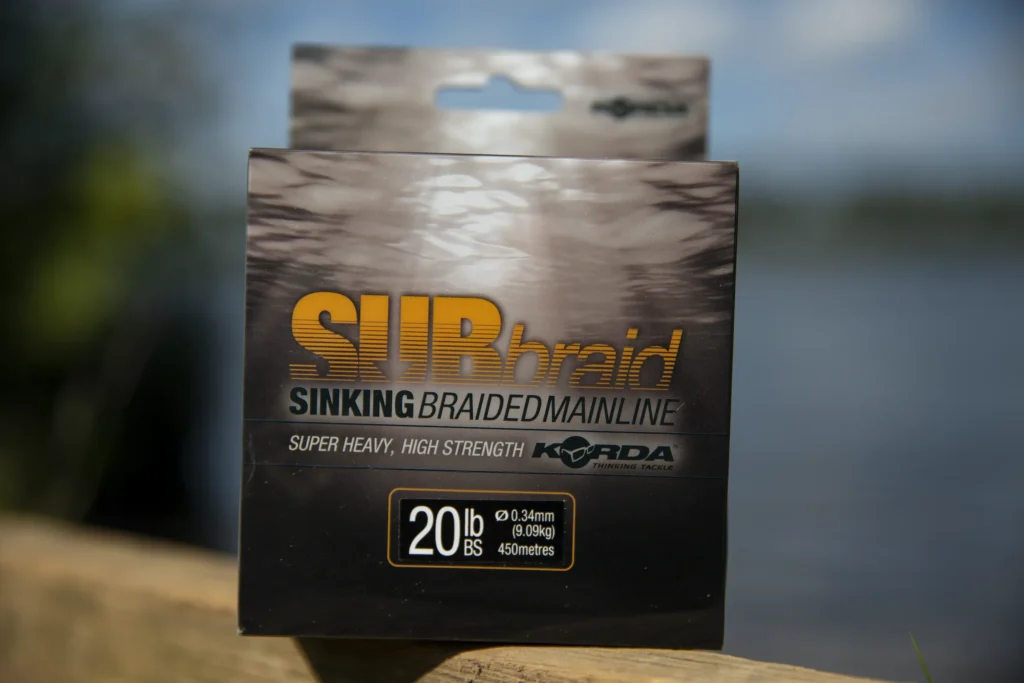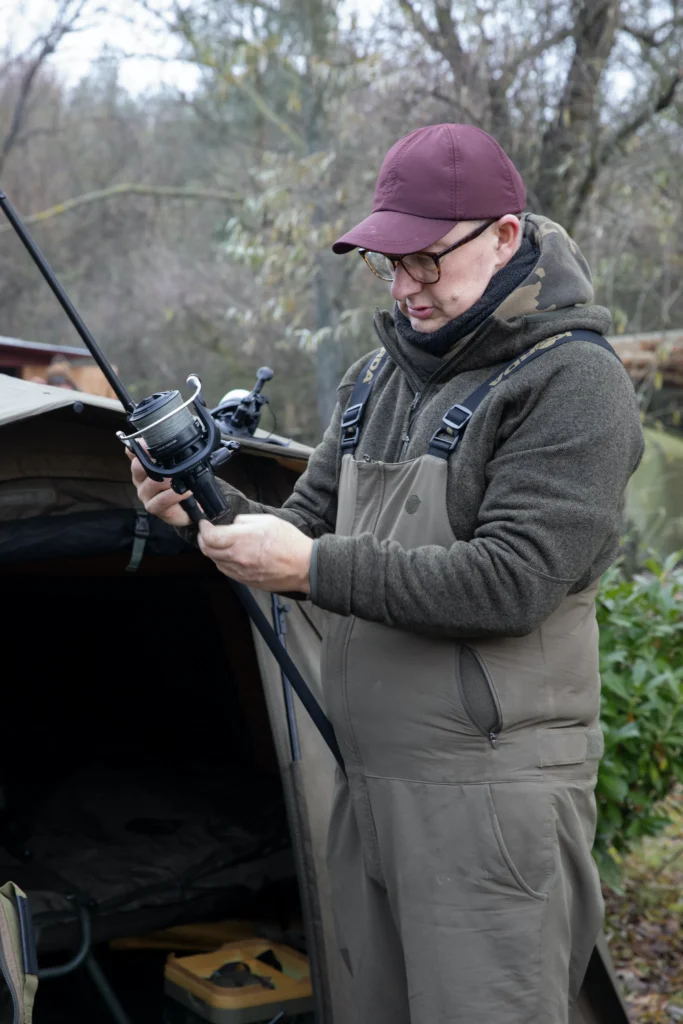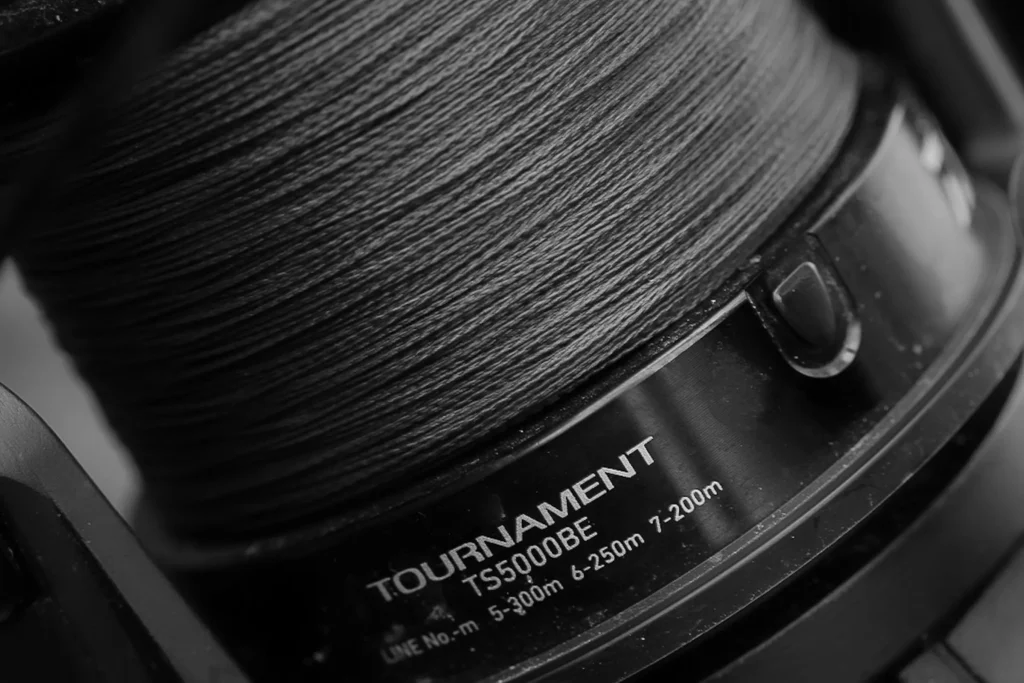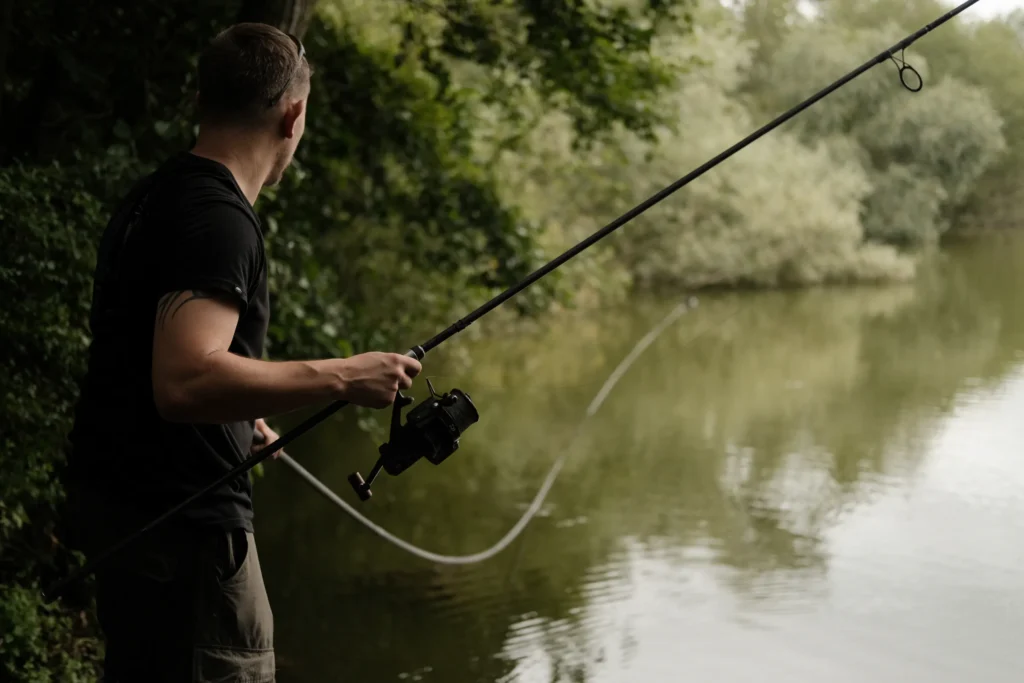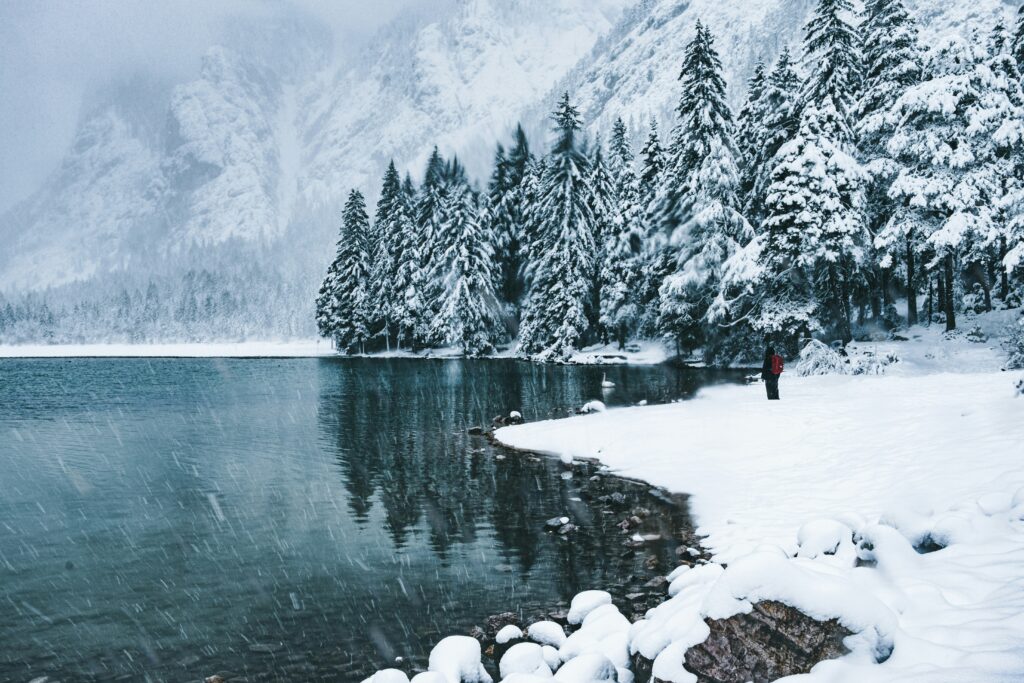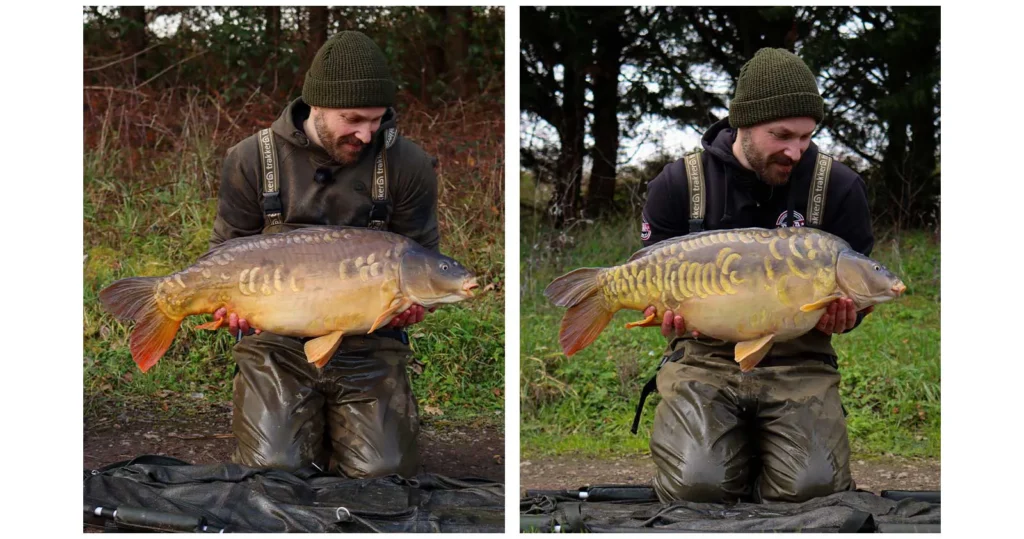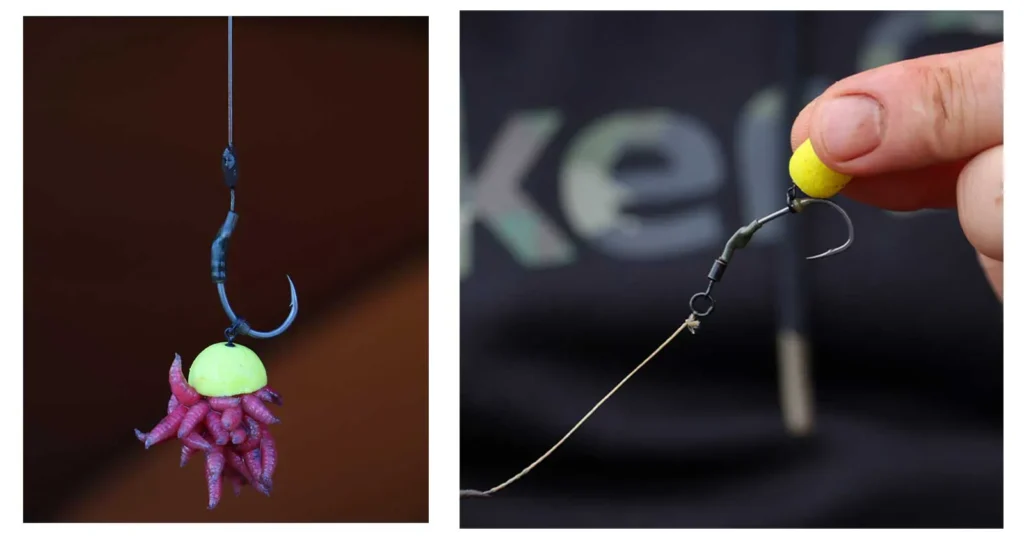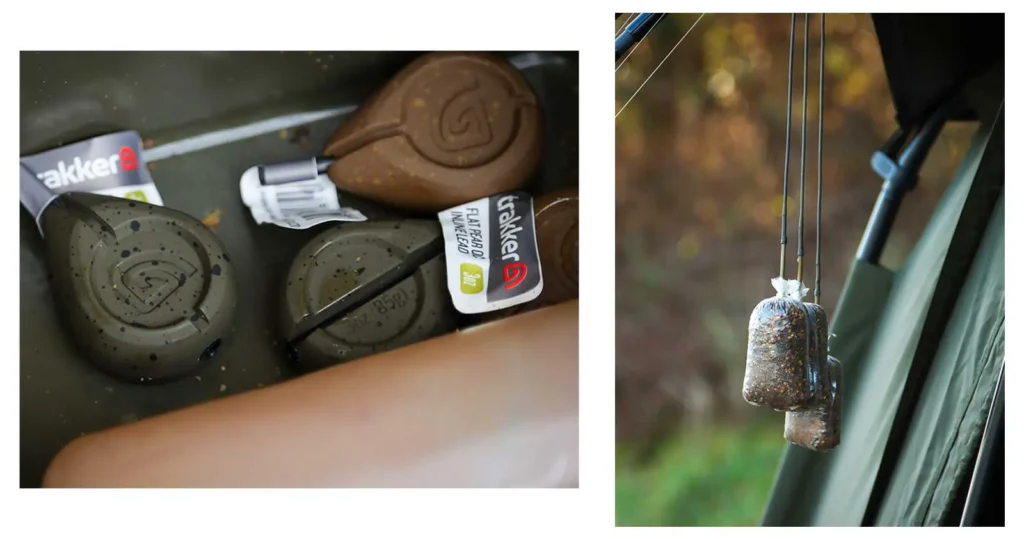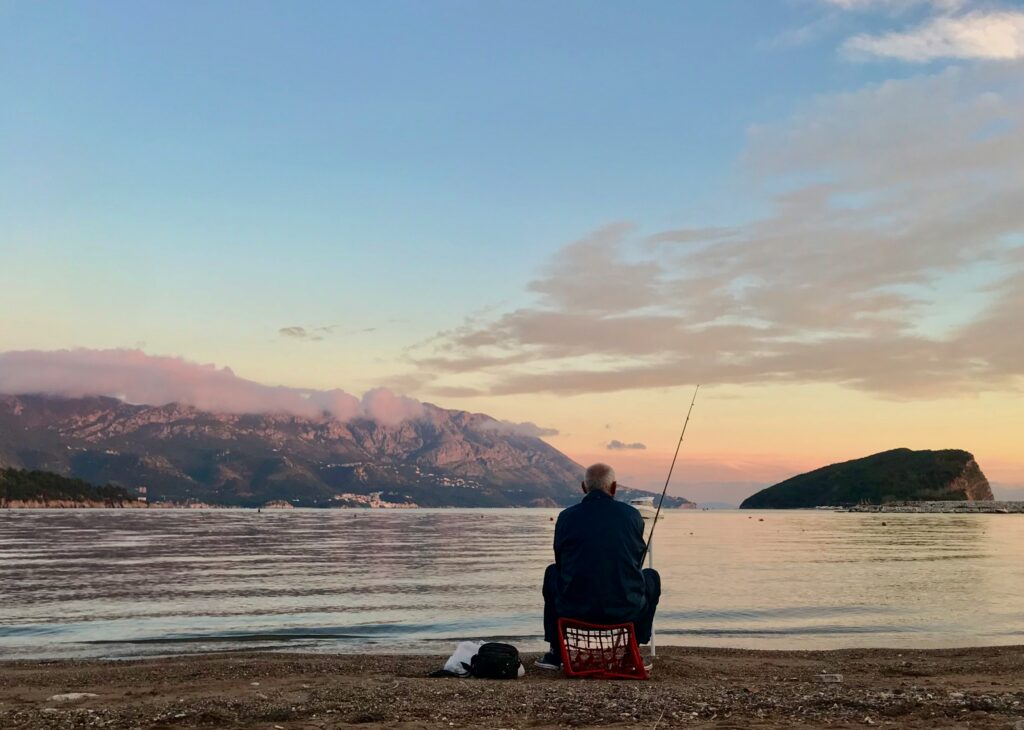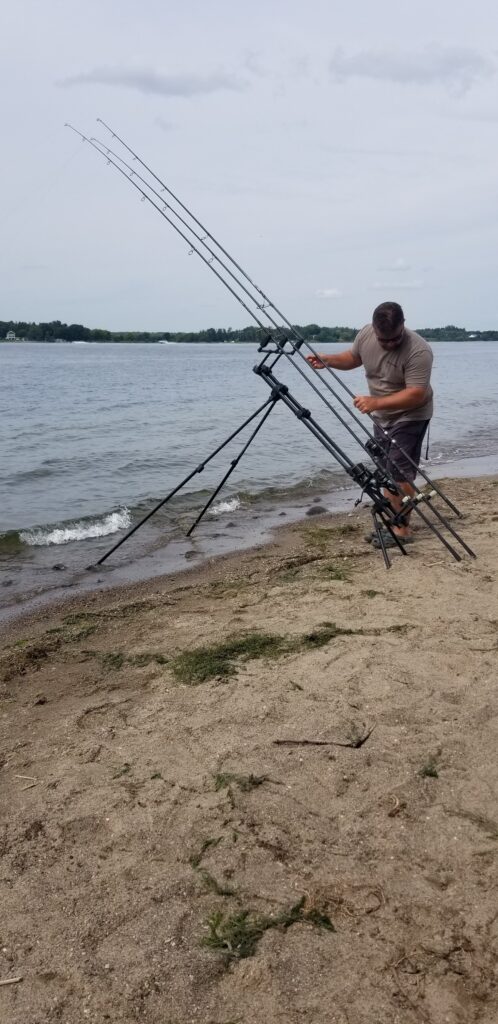Similar to my approach to warm weather fishing, I tend to adopt a flexible strategy for finding fish for cold weather fishing. I’ve learned that fish will be where they are, so it’s crucial to keep an open mind about their whereabouts and feeding areas for the winter months..
While baiting campaigns can be effective, they’re not always feasible, especially on busy lakes. Whether it’s a single trip or a longer campaign, my most valuable asset remains watercraft. While I may still catch fish during the spring, summer, and autumn even if my location isn’t perfect, carp tend to hold up more during the cold months. Therefore, it’s essential to be precisely where they are, as they may move around in response to various factors like conditions and pressure.
In the winter, the areas where I might trigger a feeding response tend to be more confined, with fewer features that appeal to fish. Opinions on the best spots vary widely, with some anglers favoring snags, others favoring deep water, and some preferring shallower areas. However, it’s important to recognize that every fishing venue is unique, and the fish within them will have their own preferences. Therefore, I try to remain open-minded and not dismiss any part of the lake as potentially productive.
Similar features on different venues may not always attract fish in the same way. For example, one of my fishing spots has a large reed bed that seems to attract more fish as daylight hours decrease. However, on a nearby lake with a similar reed bed, I’ve never observed carp gathering there during the winter months.
Winter carp behavior can be quite consistent, with certain areas on some venues reliably producing cold water bites year after year. For instance, when I used to fish at Horton, there were specific deep water spots where carp would reliably gather as soon as the first frosts set in. However, at Dinton, the situation was different; there were no clearly defined winter hotspots. Instead, cold water captures occurred in various areas across the lake, including the middle, either end, margins, and even in open water. Despite this variability, each year would bring a shift in the preferred locations for carp, making it essential to stay adaptable and observant.
I believe that the varying behavior of winter carp might be influenced by the topography of the lakes. For example, although both Horton and Dinton were reasonably deep, Horton had noticeable depth changes compared to Dinton’s more uniform lake bed. This difference in topography could explain why carp behavior varied between the two lakes. In my experience fishing on other venues during winter, I’ve noticed a similar pattern: lakes with greater depth variation tend to have more reliable winter features, while those with flatter bottoms are often less predictable.
One of the most productive winter spots I’ve ever discovered was nestled in a trough of twenty feet deep water, adjacent to the sheer side of a bar rising up eight feet. Interestingly, all the winter catches I’ve made on that lake came from areas ranging between eighteen and twenty-two feet deep, with shallower waters nearby. This particular type of spot, characterized by variations in depth, is what I typically seek out in a venue. I look for troughs between bars or deep water alongside plateaux. On lakes with flatter bottoms, I anticipate carp to gravitate towards snags, reeds, remnants of weedbeds, undercuts, or any area that provides security and shelter.
Despite detailing potential carp locations, I make a conscious effort not to hold onto preconceived notions, even in familiar places. While prior knowledge and expectations can be useful, carp are unpredictable, influenced by various factors like weather conditions, environmental changes, pressure, food availability, and stock levels. I’ve encountered winter carp in as little as two feet of water and as deep as 22 feet. They’ve been caught in open water and along the edges. Bites have occurred in freezing cold easterly winds and warm south-westerlies. Essentially, carp will be where they choose to be, which may not align with our expectations.
Observation is my primary tool for success. Rarely do I rely on mere hunches; instead, I continuously scout and observe until I detect signs of fish presence. In winter, these signs are often subtle, requiring heightened attention to detail. Binoculars become invaluable, allowing me to scrutinize even the slightest movements from a distance. These subtle cues, like bubbles breaking the surface, may indicate feeding activity. While they could be caused by various factors, such as gas or other fish species, they could just as easily signal carp feeding on remaining bloodworm. Such signs guide my decision-making process, helping me pinpoint promising areas worth further investigation.
Birdwatching can also provide valuable insights. I’ve noticed tufted ducks, or “tufties,” exhibiting interesting behavior that could lead me to carp. While I can’t be certain, I believe tufties sometimes trail carp to find food more easily during winter when resources are scarce. However, it’s not a guarantee that carp will be beneath them. Instead, I watch for specific patterns. For example, if I see tufties congregating in a sheltered bay, then suddenly moving out to open water and lingering without diving, it often indicates the presence of carp below. Over time, I’ve had enough success catching winter carp in these situations to consider tufties a helpful indicator of potential fishing spots.
Coot behavior can also signal the presence of carp. If a coot pauses, reverses course, or takes a detour, it likely encountered carp in the upper layers. Similarly, if a coot dives over my spot but abruptly retreats without reaching the bottom, it often indicates feeding fish. At night, coots may emit alarm calls in response to fish splashing, especially when they roost in reed beds where fish gather. Carp feeding on silt may release bubbles and debris that go unnoticed from afar, but seagulls diving in the area offer a chance to investigate with binoculars.
By Matt Eaton
Get Gardner Gear now at Big Carp Tackle Store:

